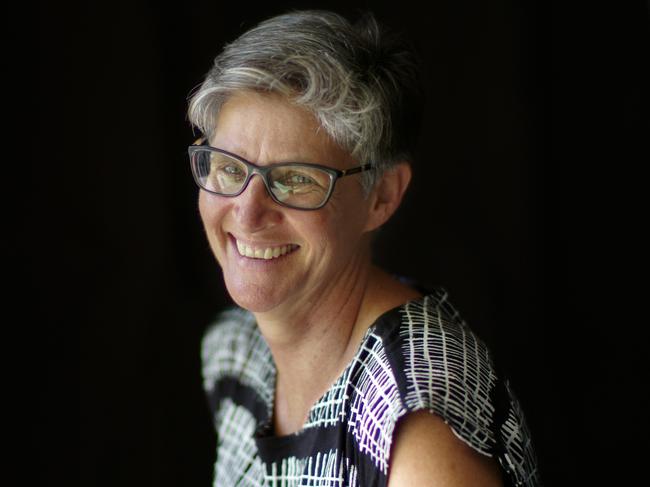Opinion: Safer communities, not locking up kids, the best way to address youth crime
WHEN talking about child crime we need to think about our wider goals for community safety: do we just want an absence of crime, or to see communities that keep all people safe and healthy?, writes Acting Children’s Commissioner SALLY SIEVERS.

Opinion
Don't miss out on the headlines from Opinion. Followed categories will be added to My News.
WE all deserve to feel safe in our homes and community.
Concerns about child crime and safety have been elevated by recent high-profile incidents.
People are experts in their own lived experience, so it is understandable when those who have experienced harm in their homes or in their communities have a sense of frustration and anger towards those they believe responsible.
At times like these we need to think about our goals for community safety: is it just an absence of crime, or do we want to see communities that keep all people safe and healthy? Communities with more stable housing, increased community participation and school attendance rates – all factors we know lead to less violence and victimisation.
We also need to reflect on who is responsible for safe communities.
We have learnt from experience that in order to develop evidence-based, community-centred solutions we need to move beyond seeing people at the ground level as being solely responsible, and recognise everybody has a role in creating safe communities.
This includes policy makers, police and justice officials, health providers and, most importantly, those who live in the community.
RELATED NEWS
NT Police promise to commit more resources to fight youth crime wave in Darwin’s northern suburbs
The Northern Territory, other parts of Australia and the world have tried the “tough on crime” approach repeatedly. It has not resulted in safer communities, but in huge financial and social costs.
Here in the Territory, the average cost per child in detention is well over $3000 per day.
Of children in detention today, at least 70 per cent have been in detention previously.
Nationally in 2018-19, 65 per cent of children under justice supervision had been in detention previously. These statistics show locking children up does little to stop offending behaviour.
Extensive research has been undertaken in the NT and internationally, showing factors that greatly increase the likelihood a child will come into contact with the justice system. These include not having a safe place to live, not attending school, having unaddressed health issues and coming into contact with the child protection system.
Programs that have been proven to address some of these causes and positively impact on children’s behaviour include support to attend early education, after school hours programs, drop-in youth centres, bail support accommodation, restorative justice conferences with victims, and diversion programs that include cultural elements, flexible learning opportunities and health and counselling supports.
RELATED NEWS
Insane footage: Car being driven by youths hoons dangerously through streets of Alice Springs CBD
Evidence-based actions are not a quick fix, but they do get positive results for both our communities and our children.
These types of programs are in the early stages of being implemented in the NT, and hitting the “panic button” at this point could lose the progress made.
Crime statistics for children over the past 10 years are on a downward trend in the NT, with the 2018-19 number of offenders more than half that of 2009-10.
The number of children in detention is on average declining, and in 2019-20 78 per cent of children successfully completed their community-based orders, a significant increase from four years ago, when it was only 50 per cent.
While these trends are promising, I urge people to look beyond statistics and to use a broader range of wellbeing measures to decide what policies and programs are making communities safer.
These could include access to safe housing, economic mobility, community participation and education, as well as harder-to-quantify indicators such as increased levels of community trust.
Historically, and still today, the justice system has been a complex maze, with too many dead ends. Its design gets people stuck.
OFFER EXTENDED: Amazing NT News subscription offer: Read everything for $1
We need evidence-based actions to redesign this maze, to ensure clearer pathways through it, and better exits out.
Or, even better, actions that build the skills and connections our children need so that they don’t enter the maze at all.
This approach takes time, which can be frustrating, but will result in long-term positive outcomes to create a safer, healthier community for all Territorians.
Sally Sievers is the acting Children’s Commissioner


